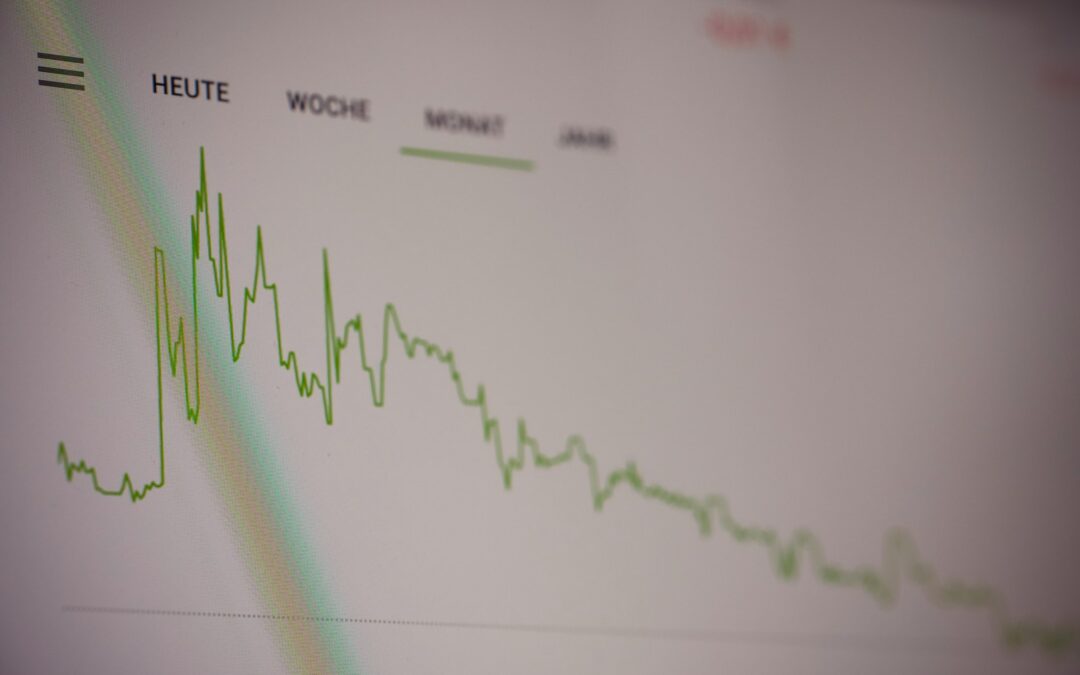The Impact of Technology on Tracking and Maintaining Equipment
Enhancing Asset Management through Digitalization
In the evolving business landscape, digitalization in Swiss asset management is transforming the way companies track and maintain their equipment. Swiss businesses are increasingly leveraging cutting-edge technologies such as the Internet of Things (IoT), predictive maintenance, and advanced analytics to enhance their asset management strategies. These technologies provide real-time data and insights, allowing businesses to monitor the health and status of their assets, reduce operational costs, and improve overall efficiency.
One of the most significant advantages of digitalization in asset management is the ability to automate and streamline equipment tracking. Through IoT-enabled devices, Swiss companies can continuously gather data from their machinery and equipment. This real-time monitoring allows them to detect potential issues early on and prevent costly breakdowns. For example, sensors embedded in equipment can alert management to unusual performance patterns, enabling timely maintenance interventions and avoiding unnecessary downtime.
Moreover, digital tools enable Swiss companies to optimize asset utilization by providing accurate insights into equipment performance and life cycles. This data-driven approach allows businesses to make informed decisions about when to repair, replace, or upgrade their assets. With digitalization, asset management becomes more proactive, ensuring that Swiss companies can minimize disruptions while maximizing productivity.
Predictive Maintenance: The Future of Asset Management
As part of the broader trend toward predictive maintenance, Swiss companies are adopting technologies that can predict when equipment is likely to fail, rather than relying on reactive maintenance strategies. Predictive maintenance uses machine learning algorithms and data analytics to analyze equipment performance and forecast potential failures. This approach allows businesses to schedule maintenance before issues arise, minimizing the risk of unexpected breakdowns.
For Swiss companies, predictive maintenance offers numerous benefits. First, it reduces maintenance costs by enabling companies to perform repairs only when necessary, rather than following a fixed schedule. This ensures that equipment is serviced only when its performance starts to decline, preventing over-maintenance and extending the life of valuable assets. Additionally, predictive maintenance reduces downtime, as companies can address issues before they lead to equipment failure, keeping operations running smoothly.
The adoption of predictive maintenance technologies also supports sustainability efforts. By optimizing equipment usage and minimizing waste, Swiss companies can reduce their environmental impact. Fewer equipment failures mean less need for replacements, and optimized maintenance schedules ensure that resources such as energy and materials are used more efficiently. As a result, predictive maintenance not only improves asset management but also aligns with broader sustainability goals in Swiss industries.
—
Integrating IoT and Analytics for Smarter Asset Management
The integration of IoT and analytics into asset management is helping Swiss companies take their equipment tracking and maintenance to the next level. IoT devices, such as sensors and connected machinery, collect valuable data that can be analyzed to identify trends and optimize performance. By combining IoT data with advanced analytics, Swiss companies can gain a comprehensive view of their assets’ conditions and performance, enabling smarter decision-making.
For example, IoT sensors can monitor equipment temperature, pressure, and vibration levels, providing insights into potential issues before they become critical. Analytics tools can then process this data to identify patterns and predict future maintenance needs. This allows companies to fine-tune their maintenance strategies and improve the overall reliability of their assets. With IoT and analytics, Swiss companies can achieve greater visibility and control over their equipment, reducing the likelihood of costly breakdowns and ensuring that assets operate at peak efficiency.
The real-time data generated by IoT devices also enables Swiss companies to adopt a more agile approach to asset management. By continuously monitoring equipment performance, businesses can quickly adapt their strategies to changing conditions. This flexibility ensures that companies remain competitive in a fast-paced and ever-changing market. As IoT and analytics continue to evolve, they will play an increasingly critical role in helping Swiss companies optimize their asset management practices.
Conclusion
In conclusion, digitalization in Swiss asset management is driving significant improvements in the way companies track and maintain their equipment. Through the use of technologies such as IoT, predictive maintenance, and data analytics, Swiss businesses can optimize asset performance, reduce operational costs, and enhance sustainability efforts. As these technologies continue to advance, the future of asset management will become even more efficient, ensuring that Swiss companies remain competitive and agile in a dynamic global market.
—
#DigitalAssetManagement #SwissCompanies #IoT #PredictiveMaintenance #SmartAssetTracking #DigitalTransformation #EquipmentMaintenance

